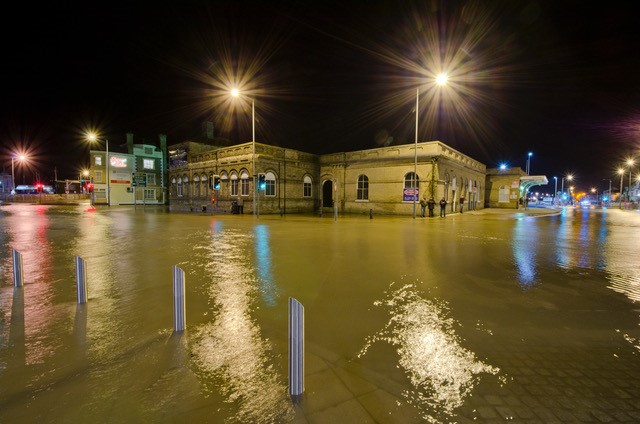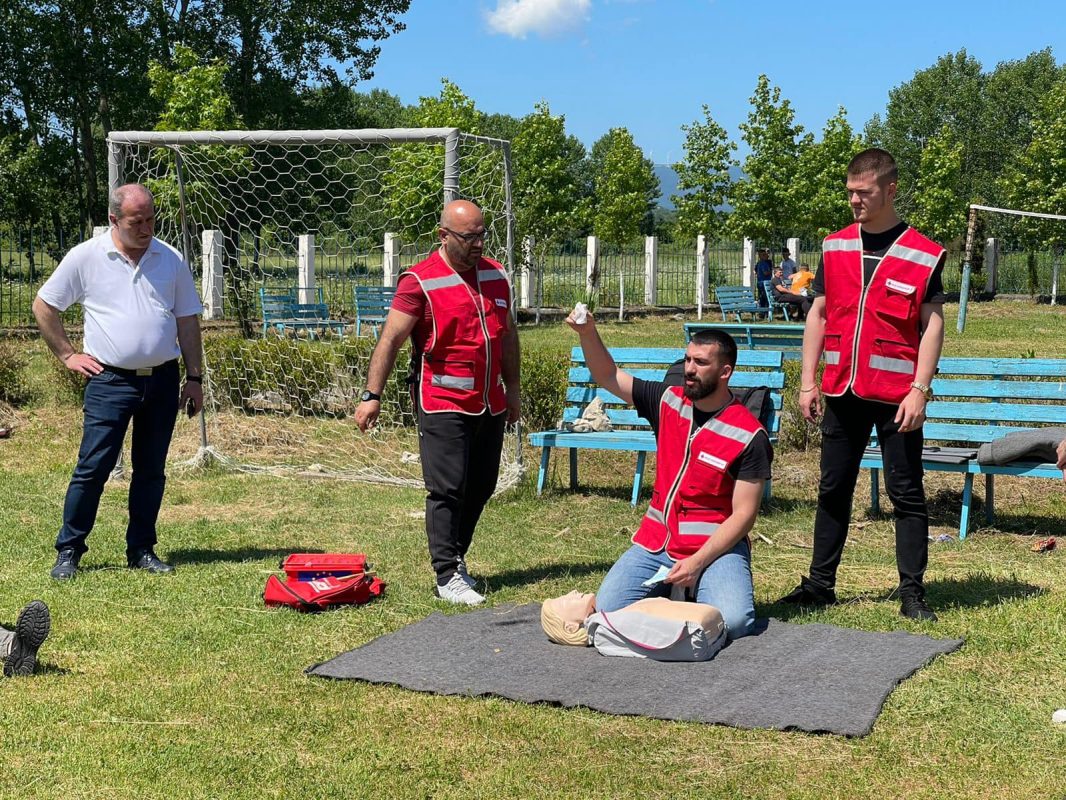
As an island nation with exposed coastlines, rivers and mountains, floods have played an important role in the history of the UK. The four primary types of flooding include fluvial (riverine), coastal, pluvial (surface water), and groundwater flooding. Fluvial flooding is the leading cause of flood damage, accounting for approximately half of all annual flood losses. Climate change, population growth, and socio-economic developments are the key factors contributing to the escalating flood risk levels in the UK.
LSE has collaborated closely with the East Suffolk Council to assess the flood resilience of communities on the East Coast of England. The East Coast faces high risks of coastal erosion, storm surge, and pluvial and fluvial flooding. This program aims to promote system-level decision-making for flood resilience by considering a wide range of measures to enhance social, human, natural, physical, and financial capacities within communities.
The outcomes of this collaboration have been instrumental in developing grant proposals by the local authority. As a result, the East Suffolk Council successfully secured £8 million of national funding for various flood resilience projects in Norfolk and Suffolk. Furthermore, the outcome of this project has served as valuable local evidence for consultation on the UK’s National Flood and Coastal Erosion Risk Management Strategy for England.

Flooding is the most common and damaging climate hazard in Albania. Eight main Albanian rivers, grouped in six watersheds, traverse the country from east to west. Floods in Albania are generally of pluvial origin and occur in the period November to March when the country receives about 80–85 per cent of its annual precipitation. Further compounding this risk is the fact that a lack of regular maintenance or repair has led to the deterioration of dyke systems, drainage channels, and pumping stations.
As part of the Alliance, the Albanian Red Cross was at the forefront of flood resilience work in rural communities in two of the most flood-affected areas of the country; Shkodra in Northern Albania and Fier and Vlora in Southern Albania. In particular, floods have had a severe impact on livelihoods as most families in these areas are dedicated to agricultural activities.
At the community level, the Albanian Red Cross focused on increasing awareness of flood risk and strengthening local capacity to take action before, during and after floods both at the household and community levels. The program also collaborated with local and national authorities to rehabilitate and extend flood protection infrastructure in the target communities, including a flood wall and evacuation bridge, with a particular focus on protecting livelihoods. Beyond the target communities, the Albanian Red Cross worked with governmental and non-governmental partners to deliver positive impacts to people across the country through widespread awareness raising campaigns and contributions to key national policies. As a result, local voices, needs and priorities were integrated into policies including the National Strategy for Risk Reduction from Hazards 2023-2030 and the Disaster Risk Assessment. Further, the Albanian Red Cross initiated national cross-institutional discussions on Early Warning Systems that continue beyond the program.

Flooding is the most common climate hazard in Montenegro, causing significant economic, ecological, social and health damage every year. Heavy and/or constant rainfall and snowmelt leads to a sudden rise of water levels in rivers and lakes. Skadar Lake, on the southern border of Montenegro, is an area of high flood risk. While the majority of water inflow comes from Montenegro, overflow water drains into the Adriatic Sea on the Albanian side of the lake. However, the capacity of the Bojana River to absorb excess water from Skadar Lake is often limited, causing greater flooding around the lake. The most severe floods were experienced in 2010 and 2011, when half-century records of water levels in rivers and Lake Skadar were reached.
The Red Cross of Montenegro focused local community resilience activities on primarily rural areas in the Zeta Municipality. At the community level, the program increased individual and household resilience by strengthening flood risk awareness and local capacities to prepare for and respond to floods, particularly through disaster risk reduction and first aid trainings with adults and youth. At the same time, the Red Cross of Montenegro worked with communities and local authorities to rehabilitate, strengthen and build local infrastructure, including a flood protection wall, canal cleaning activity and installation of green island waste management stations. By aligning local flood resilience priorities with those interventions proposed in Local Flood Protection Plans, the program facilitated a successful collaboration between the Red Cross of Montenegro and the Zeta Municipality. This approach allowed for a greater impact through co-financing as well as a sustainable model for advocating for flood resilience action. The Flood Resilience Program leveraged the unique position of the Red Cross of Montenegro to influence national strategy and resource allocation, such as the National Disaster Risk Reduction Strategy, particularly through sharing insights and best practice and elevating community needs, priorities and capacities.


